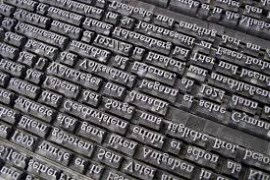Collections | Livre | Chapitre
Alternative subject
anti-freudianism and charakterologie, 1919–1929
pp. 111-153
Résumé
The immediate period after the end of the First World War saw the growing emphasis on social and political psychology, to a large extent due to the growing relevance of life philosophy, depth psychology, and mass psychology. Freud published his Massenpsychologie und Ich-Analyse in 1921 (translated the following year by Freud's disciple James Strachey as Group Psychology and the Analysis of the Ego), the same year Edward Spranger (1882–1963) published his Lebensformen (Life forms)1 and Ludwig Klages published his Vom Wesen des Bewusstsein (From the essence of consciousness)2—that attacked the Freudian division of individual conscious and unconscious. The three thinkers commented, from opposite perspectives, on the same tradition and sources of influence, reintegrating the impact of Gustave Le Bon's mass psychology, Friedrich Nietzsche's depth psychology, and Wilhelm Wundt and Wilhelm Dilthey's experimental psychology, folk psychology, and life forms. To illustrate how tight this discursive circle was, during the first two decades of the twentieth century it is sufficient to note that Le Bon's first translator to German (of his Psychologie der Massen, 1911), Rudolf Eisner, was a disciple of Wundt, and a close collaborator of Wilhelm Dilthey and Georg Simmel, a philosopher who contributed to Lebensphilosophie, group or mass psychology, and later the group forming the history of concepts (Begriffsgeschichte).3
Détails de la publication
Publié dans:
Lebovic Nitzan (2013) The philosophy of life and death: Ludwig Klages and the rise of a Nazi biopolitics. Basingstoke, Palgrave Macmillan.
Pages: 111-153
Citation complète:
Lebovic Nitzan, 2013, Alternative subject: anti-freudianism and charakterologie, 1919–1929. In N. Lebovic The philosophy of life and death (111-153). Basingstoke, Palgrave Macmillan.










